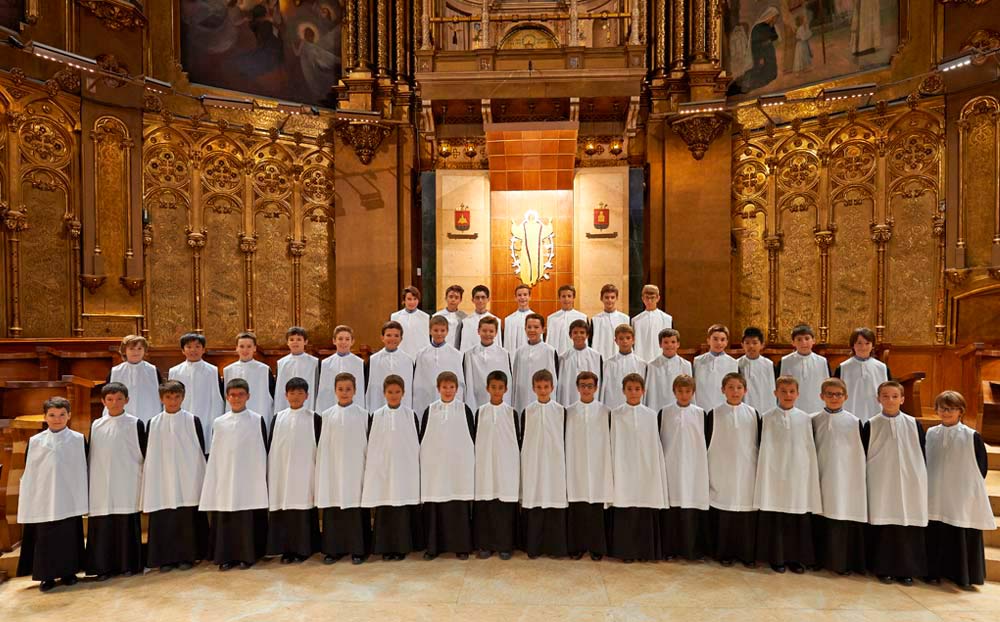Initially, the authorities of Ripoll paid little attention to these territories. However, in the 10th century, when the abbot of Santa Cecília sought to claim them, Ripoll decided to reassert its rights. In the early 11th century, the monastery of Ripoll was led by Abbot Oliba—bishop of Vic and grandson of Wifredo el Velloso.
According to legend, during the 10th century some young shepherds witnessed an apparition of the Virgin Mary at the summit of the mountain. The chapel of Santa Maria was then transformed into a place of devotion to the Virgin, and in 1025 Abbot Oliba founded the first monastic community there. In 1070, this community became a dependent priory of Ripoll.
In the 12th century, a statue of the Virgin and Child was discovered nearby. Tradition holds that it had been hidden during the Muslim occupation to prevent its desecration. Devotion to Our Lady of Montserrat grew rapidly, attracting increasing numbers of pilgrims. The small chapel was soon replaced by a larger church, and veneration of Santa Maria spread widely.
In 1409, Montserrat was elevated to the status of an independent abbey, no longer dependent on Ripoll. However, in 1493, the monastery joined the Congregation of St. Benedict of Valladolid, losing its autonomy. Construction of the present sanctuary began in 1560, and it was consecrated in 1592.
The monastery suffered destruction at the hands of Napoleonic troops in 1811. Later, in 1836, the Mendizábal Confiscation forced the monks to leave once again, and the monastery lost many of its possessions. Catalan monks returned in 1844, rebuilt the monastery, and restored its independence.
Finally, in 1881, Pope Leo XIII proclaimed Our Lady of Montserrat the patroness of the Catalan dioceses.










